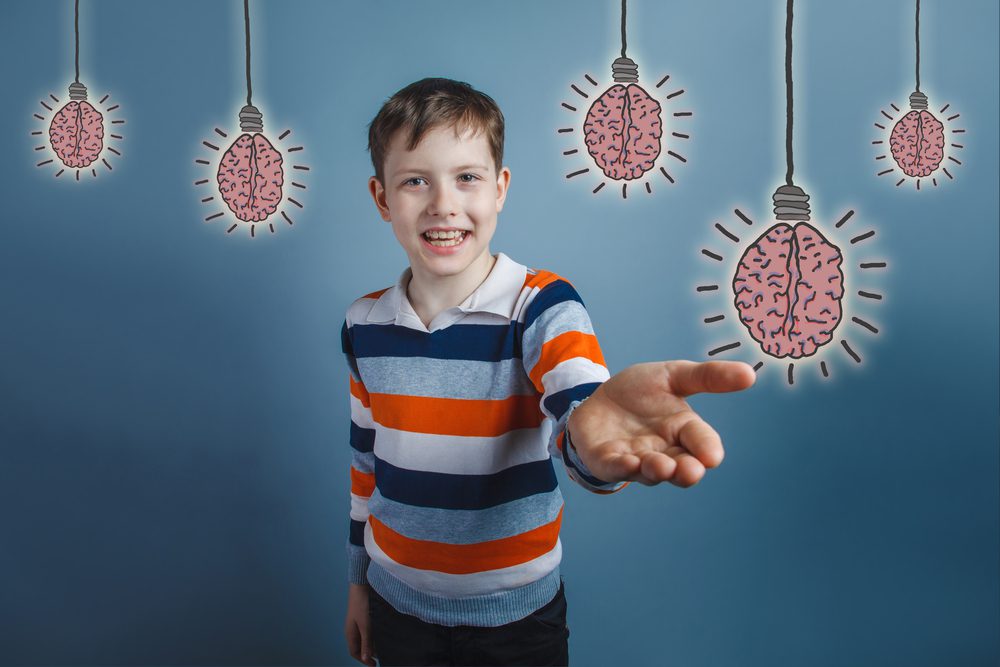Introduction
Adolescence is a formative stage characterized by significant physical and psychological changes. Although it’s frequently linked to upheaval and rebellion, it’s undeniably essential for personal development. Investigating the subtleties of adolescent brain development can highlight the particular difficulties and chances it presents for parents, educators, and teenagers. This blog will delve into the fascinating world of adolescent brain development and explore how it affects identity development, behavior, and decision-making. Understanding these neural changes gives us the knowledge we need to help adolescents form their identities, manage their emotions, and make informed decisions, resulting in a more peaceful passage through this crucial period of human development.
The Adolescent Brain: A Work in Progress
- Neurodevelopmental Changes
The human brain goes through a remarkable process of rewiring and fine-tuning during adolescence. The brain doesn’t fully develop until the mid-20s or even later, contrary to popular belief. This implies that adolescents are essentially using a brain that is still developing.
During this time, the prefrontal cortex, which is in charge of reasoning, impulse control, and decision-making, experiences significant changes. Though more effective, it is still in the early stages of development. This helps to explain why young people frequently act impulsively or take risks without fully weighing the repercussions.

- Emotional Rollercoaster
The limbic system, which controls emotions, is in overdrive during adolescence. Teenagers frequently experience more extreme emotional reactions and mood swings as a result of this increased activity than do adults. An important part of brain development, this emotional rollercoaster helps adolescents learn how to control and regulate their emotions while dealing with the stressors of this life-changing stage. It’s a difficult but essential step on their path to developing emotional resilience and maturity.
- Peer Influence
Adolescent brains are exceptionally sensitive to social cues, especially those coming from peers. Teenagers are particularly vulnerable to peer pressure because of this increased sensitivity, which is linked to the brain’s reward system. The strong desire to fit in and win the approval of others can trump sound judgment, leading to risky behaviors occasionally. This phenomenon underlines the value of educating adolescents to make thoughtful decisions while navigating the complicated dynamics of social relationships and emphasizes the influence of peer pressure during adolescence.
- Identity Formation
The formation of one’s identity and sense of self during adolescence is crucial and heavily influenced by brain development. Teenagers experiment with their interests, beliefs, and values, which frequently leads to rebellion against authority and experimentation. While essential for personal development, teens’ search for autonomy and individuality can lead to conflicts with parents and other authority figures. Managing these conflicts is an important step on the path to becoming self-reliant adults.
Challenges and Opportunities
- Risky Behaviors
Adolescence’s incomplete prefrontal cortex development can lead to impulsive and dangerous behaviors. Teenagers frequently experiment with drugs, have unprotected sex, or drive recklessly without fully understanding the dangers. Parents and educators must understand this aspect of brain development. It enables them to put strategies into practice that stress the significance of making safe decisions, providing guidance, establishing boundaries, and informing teenagers about the potential repercussions of their actions. By doing this, we can lessen detrimental risks to adolescents’ wellbeing while assisting them in navigating this delicate stage of development.
- Educational Implications
Teaching strategies may be revolutionized by grasping the distinctive characteristics of the adolescent brain. Because their brains are more sensitive to such stimuli than other age groups, adolescents respond well to interactive and emotionally stimulating learning environments. Additionally, educators can help students develop crucial executive function abilities such as time management, organization, and planning, which are still developing in adolescence. Teenagers’ cognitive and emotional needs should be taken into account when designing curriculum, as this will improve learning, improve academic performance, and better prepare students for success in adulthood.
- Emotional Well-being
In order to provide crucial support, parents and other caregivers must have a thorough understanding of the emotional ups and downs of adolescence. Teenagers can express their emotions and overcome emotional challenges when open, empathic communication is encouraged. As their brains undergo changes, adolescents frequently struggle with strong emotions, making it crucial for adults to listen without passing judgment and offer advice. This emotional support encourages trust and assists teenagers in gaining crucial emotional regulation skills. As a result, they are better able to handle the challenges of adolescence while maintaining resilience and a sense of security, which ultimately promotes their overall emotional development.

- Positive Peer Influence
Despite having a bad reputation, peer pressure can also be a positive force. Peer relationships that foster good habits and personal growth are beneficial for adolescents. By helping teenagers choose friends who have a positive influence, parents and educators play a crucial role in the lives of young people. In the end, these friendships help adolescents develop well-rounded personalities in a nurturing social setting by encouraging responsible decision-making in addition to boosting self-esteem.
- Identity Development
The search for identity in adolescents is an essential, natural process. Exploring their interests, values, and convictions is essential for developing self-assurance in children. Support should be provided by parents and mentors while keeping communication lines open to address the inevitable problems and doubts that crop up along the way. The cornerstone of a teen’s personal development is the development of a strong, genuine sense of self, which is assisted by this guidance.
Conclusion
Understanding adolescent brain development is essential for dealing with the complexities of this important stage of human development. Teenagers aren’t just miniature versions of adults; their brains are undergoing significant changes that influence their behavior, emotions, and decisions. In order to help teenagers successfully navigate the maze of adolescence, we must be aware of these distinctive characteristics. They can develop into self-reliant, responsible, and self-aware adults with the help of this guidance. It’s critical to understand that, despite being a work in progress, the adolescent brain holds tremendous potential for development and advancement. Understanding and utilizing this potential will enable the following generation to thrive during this exciting period of development.


